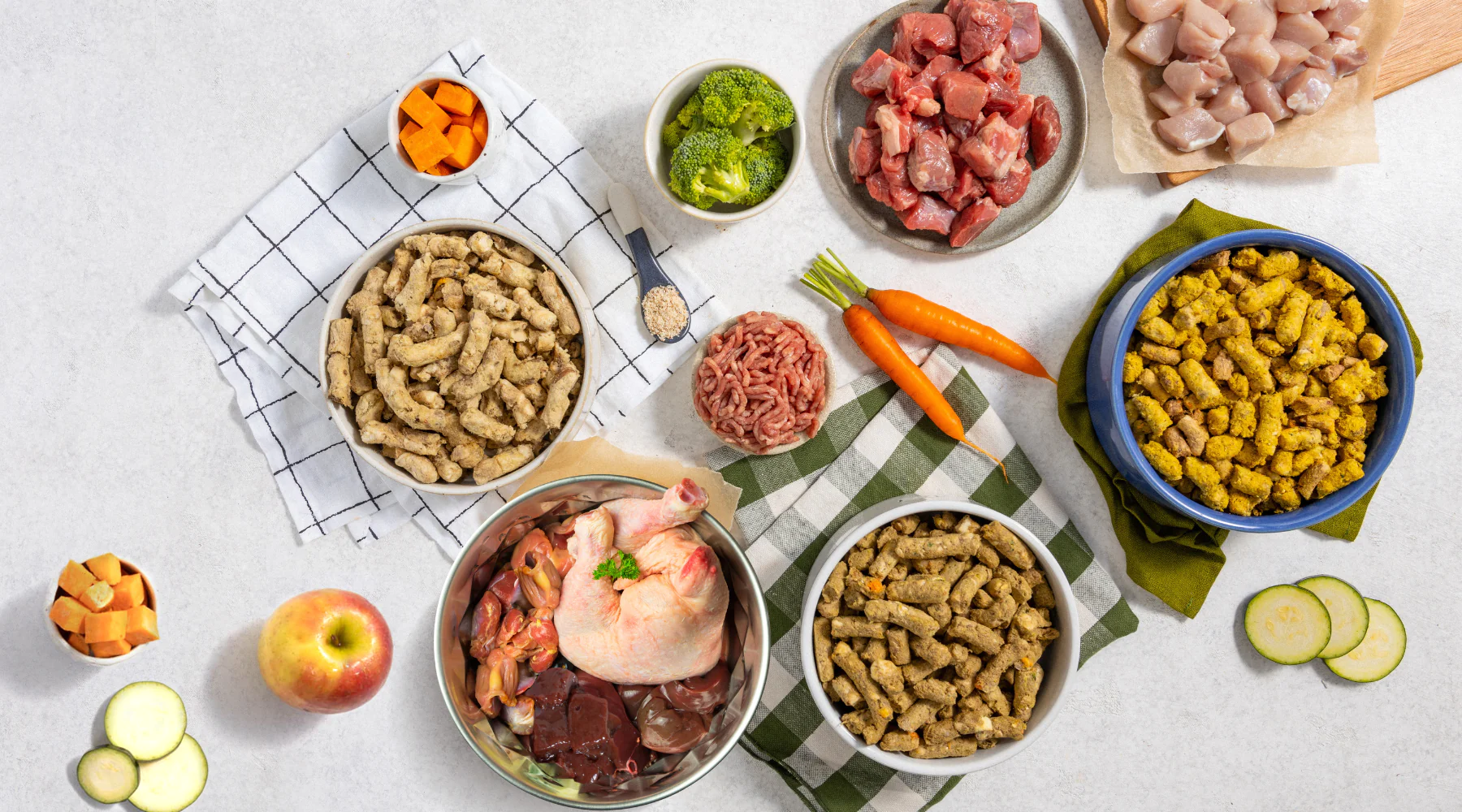When it comes to the health and happiness of our pets, what we pour into their bowls matters just as much as the affection we shower them with. This connection between well-being and sustenance is why a deeper understanding of pet food ingredients is essential for any responsible pet owner. "Beyond the Bowl: Understanding What's in Your Pet's Food" is not just a curiosity—it's a pivotal aspect of pet care.
Pet food ingredients can range from the obvious, such as chicken or beef, to the less familiar, like chicory root or tocopherols. To navigate this landscape, it's important to start with the basics. The first ingredient listed on a pet food label is typically the main protein source. High-quality pet food should list a recognizable animal protein like "chicken," "lamb," or "fish" as one of the first ingredients, rather than a vague term like "meat meal." The specificity of the ingredient list can be a good initial indicator of the product's quality.
However, the story doesn't end with protein. Carbohydrates play a crucial role, providing energy for our furry friends. Ingredients such as brown rice, barley, and sweet potatoes are not only energy-rich but also supply dietary fiber, which aids in digestion. On the other hand, some pet foods use grains or other carbohydrate sources as fillers. These can be harder for pets to digest and offer less nutritional value, which is why they should be approached with caution.
The inclusion of fruits and vegetables in pet food ingredients is also a plus, as they are a natural source of essential vitamins, minerals, and antioxidants. For example, carrots are an excellent source of beta-carotene, which supports eye health, while blueberries contribute powerful antioxidants that support the immune system.
Let’s not forget fats and oils, which are just as important in your pet's diet as they are in yours. They provide essential fatty acids like omega-3 and omega-6, which help keep your pet's skin healthy and their coat shiny. Look for foods that contain named fat sources such as chicken fat or salmon oil, rather than generic "animal fats," to ensure your pet is getting the right fats.
Beyond these basics, pet food labels often list an array of supplements like amino acids, minerals, and vitamins. While some of these ingredients, such as taurine, are vital, especially in cat food, others may be included to ensure that the food meets the nutritional profiles set by pet food regulatory agencies.
Another ingredient category that raises many eyebrows is preservatives. Natural preservatives, such as tocopherols (vitamin E) or ascorbic acid (vitamin C), are generally considered safer than artificial ones like BHA, BHT, and ethoxyquin, which are controversial due to potential health risks.
What about those mysterious ingredients with the complicated names? Chondroitin sulfate and glucosamine are actually beneficial for joint health, especially in older pets. Probiotics like Lactobacillus acidophilus are good bacteria that help maintain the balance of flora in a pet's digestive tract.
To make informed decisions, pet owners should also be aware of their pets’ specific needs, which can vary greatly depending on age, breed, activity level, and any health concerns. For instance, an active, young dog may benefit from higher protein content with additional amino acids for muscle repair, while an older cat might need a diet with fewer calories and more joint support ingredients.
Ultimately, delving into the contents of your pet’s food requires a balance between understanding the function of each ingredient and recognizing your pet’s individual dietary requirements. This knowledge empowers you to look beyond the marketing tactics and appealing packaging, straight into the nutritional heart of your pet’s food.
By educating ourselves about pet food ingredients, we can ensure that our pets are not only surviving on what we feed them but thriving. After all, the contents of their food bowl should fuel their zest for life, supporting them from the tip of their wet noses to the wag or curl of their tails.


No comments yet